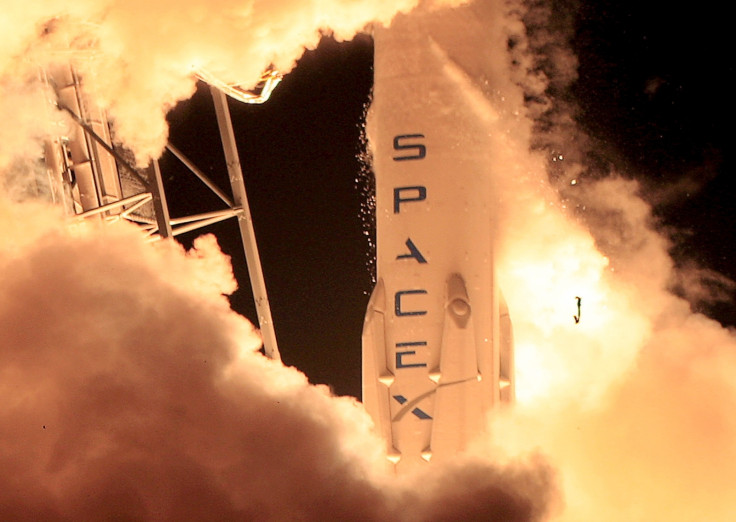SpaceX to launch next resupply mission to ISS from launchpad damaged in massive 2016 explosion
The huge explosion destroyed the Falcon 9 rocket as well as Spacecom's $200m (£152.4m) satellite.
SpaceX will launch its next resupply mission to the International Space Station (ISS) in December from launchpad SLC-40 at the Cape Canaveral Air Force Station in Florida – the launchpad that was damaged in the expensive 2016 explosion. On 1 September last year, the company's flagship Falcon 9 rocket exploded on the launch pad while its engines were being loaded with fuel.
The massive, and spectacular, explosion destroyed the rocket as well as Israel firm Spacecom's $200m (£152.4m) Amos 6 communications satellite that Facebook planned to use to provide high-speed internet access to Africa, the Middle East and Europe. The accident also grounded SpaceX operations for more than four months.
The Federal Aviation Administration has since accepted SpaceX's investigation report on the accident and cleared the Elon Musk-owned company to return to flight earlier this year. Since its comeback rocket launch in January, SpaceX has launched 15 successful missions.
The December mission will mark the first flight from the refurbished launch pad SLC-40 since the explosion. It will also be SpaceX's 13th resupply flight to the space station for Nasa under its $3bn Commercial Resupply Services contract with the space agency.
The CRS-13 mission will launch an unmanned, previously-used Dragon capsule filled with thousands of pounds of supplies, equipment and experiments to the orbiting laboratory. The Dragon spacecraft first flew on the sixth resupply mission to the ISS back in April 2015 before its splashdown and recovery in the Pacific Ocean.
The previous resupply mission, CRS-12, marked the last time SpaceX used a first-generation Dragon capsule carrying more than three tonnes of supplies for a flight. Going forward, the company will only use recovered and refurbished Dragon spacecraft for flights in keeping with its space hardware reusability goals to drive down launch and space flight prices.
"In addition to supplies and equipment, Dragon will deliver several science investigations to the space station, including a Nasa instrument called Total and Spectral Solar Irradiance Sensor, or TSIS-1, which will measure the Sun's energy input to Earth, and a fibre optic payload," Nasa said in a statement.
"Also manifested on this flight is an investigation sponsored by the Center for the Advancement of Science in Space, known as Biorasis – Glucose Biosensor, which seeks to improve the accuracy of a wireless medically-implantable continuous glucose biosensor for day-to-day diabetes management."






